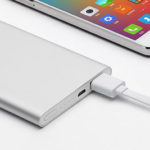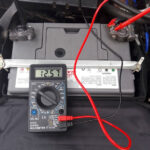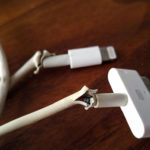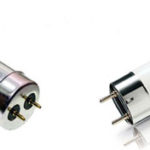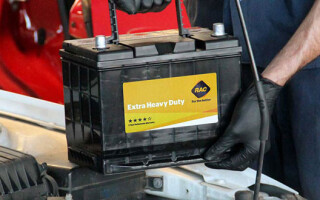A car battery has a certain service life, after which the battery begins to gradually fail. As a result, at the most inopportune moment, the car may simply stop starting. This means that it will no longer be possible to postpone the replacement of the battery. The procedure for replacing an old battery with a new one does not require a trip to the service: a new battery can be installed independently in a short time.
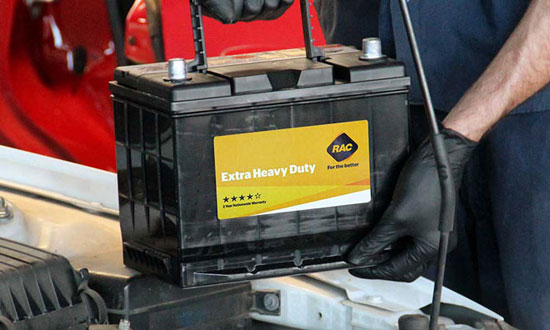
Content
Security measures
Battery replacement consists of three main steps:
- preliminary preparation;
- dismantling the old battery;
- installing a new battery.
Do not neglect the preparatory stage, since the safety and convenience of the upcoming work on replacing the battery depends on it. So before replace the batteryyou need to follow a few simple steps.
- Choose a suitable, level work area that is at a sufficient distance from other vehicles.
- Shut off the engine and let it cool, remove the key from the ignition, apply the parking brake.
- Prepare the necessary tools: open-end and socket wrenches, a screwdriver, as well as sandpaper or a special brush to clean the terminals from the resulting oxide.
- Wear heavy rubber gloves to protect yourself from electrolyte exposure. An old battery may have damage on the case through which acid leaks. Contact with it can result in chemical burns.
After completing the simple preparatory work and subject to all safety measures, you can begin to dismantle the old battery.
Removing the old battery
The next stage of work in car battery replacement - Removal of the failed battery. For dismantling, follow a simple sequence of actions.
Step #1. Disconnect the terminals. This usually requires the use of a 10 wrench, however, different threads may occur with different batteries. Therefore, it is best to choose a wrench with interchangeable heads.
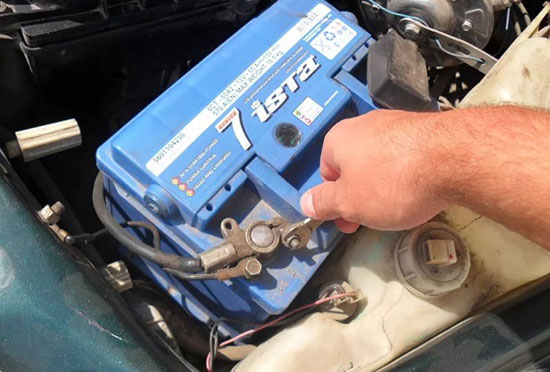
Auto electricians adhere to a certain sequence of removing the terminals, starting first with the negative terminal. Reverse terminal removal may result in a short circuit.
Step #2. We take out the battery. Features of dismantling the battery depend on different models and brands of cars. In some cases, it may be enough to push apart the parts of the casing that protects the battery, and by pulling the handle, remove the battery.In many modern vehicles, the battery is attached to the bottom of the casing for a more secure fit. In this case, it will take a little more time to unscrew this nut.
IMPORTANT!
Remove the battery from its installation site slowly and carefully, as the weight of the battery can reach 20 kilograms. If necessary, it is better to ask for help.
How not to knock down the settings of electrical equipment?
Replacing batteries in modern cars has a peculiarity. After replacing the batteries, their owners may face the problem of downed settings of the on-board computer and other electrical equipment, which are quite problematic to restore. However, it is better to prevent the problem than to waste time on solving it in the future.
There are two possible ways to avoid losing settings.
Option number 1. Use a backup battery. If possible, when replacing the battery, it is recommended to connect a backup power source equal in capacity to your battery. For example, you can connect a second battery using the cigarette lighter wires. In this case, the replacement of the battery will go painlessly for the settings of electrical equipment.
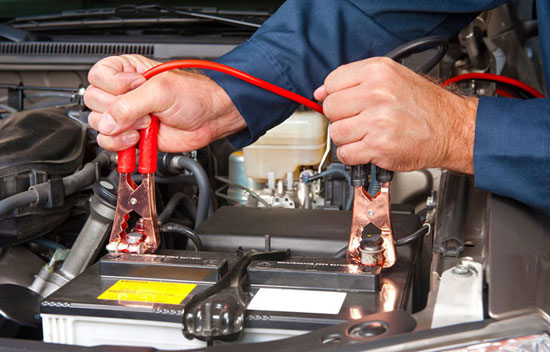
Option number 2. Copy all settings to media. This will require:
- remove the key from the ignition;
- read the settings of the on-board computer to the media;
- remember or fix all access codes to the audio system (otherwise it will be very problematic to unlock it in the future)
- copy all other user data.
IMPORTANT!
You can find out if the electrical equipment settings are lost when you replace the battery in your car, in the instruction manual or on the Internet.If you have any doubts about the possibility of lost settings, it is best to entrust the replacement of the battery to professionals in the service.
Installing a new battery
After the old battery has been safely removed, you can proceed to install a new battery.
- It is recommended to first inspect the place for the battery, removing dirt and debris with a soft cloth.
- Clean the inner surfaces of the wire lugs with sandpaper - this will ensure good contact with the terminals. Also, the wires can be treated with a water-repellent liquid.
- The terminals themselves, which could have oxidized over a long time, are cleaned with a toothbrush dipped in a solution of baking soda.
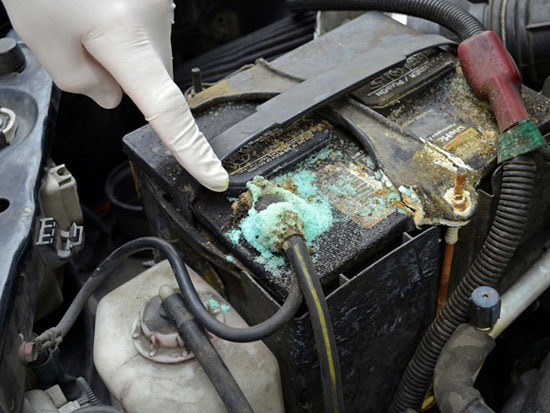
After that, you should install a new battery in place, fixing it and checking how tightly the battery is in the groove. The battery terminals are connected in the same order: first "plus", then "minus". Finally, lithium grease can be used to prevent contact oxidation.
Polarity detection
It is very important not to reverse the polarity when installing a new battery, otherwise you may face serious problems - a malfunction of the on-board computer, a short circuit and fire.
To avoid such troubles and battery replacement went painlessly, it is important to be extremely careful.
The most common current output arrangements are direct and reverse polarity.
- Straight polarity battery is also called Russian. Indicated by the symbol "1".With this type of polarity, the positive current output is placed on the left, and the negative one is on the right.
- Reverse polarity called European and denoted as "0". In this case, the positive current output is on the right, and the negative current output is on the left.
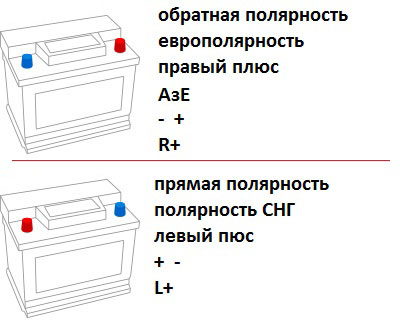
Some batteries may not have a polarity marking. In this case, for the correct determination, you can use one of the listed methods.
- Diameter of current leads. Measuring the diameter of the battery leads can help determine polarity. It is important to remember that positive conclusions in diameter are always larger than negative ones.
- Raw potatoes. After cutting the potato in half, stick the bare wires from the battery into one of the parts at a distance of 5-10 mm from each other. After a few minutes, a green circle forms around the positive terminal.
- Tap water. Pour regular tap water into a mug. Attach two multi-colored wires to the current leads of the battery, lower the bare ends of which into a container of water. As a result of electrolysis, increased gas formation will begin at the negative terminal.
IMPORTANT!
The lack of polarity markings on batteries is rare. Most often, manufacturers mark polarity using the signs "+" and "-", or using color (positive polarity - red, negative polarity - blue or black).
How to properly tighten the terminals?
When tightening the terminals, do not use excessive force. Too tightly tightened terminal can lead to the appearance of microcracks around the down conductors, through which the electrolyte will subsequently evaporate. And this means that the terminals are waiting for inevitable oxidation.
At the same time, simply throwing the terminals on the current leads, as motorists sometimes do, is also not enough. In this case, the contact between the current output and the terminal will be unreliable. This will lead to heating of poorly contacted elements. And when driving on a rough road, a poorly tightened terminal can come off and short to ground.
Therefore, it is necessary to tighten the terminals with moderate force necessary for reliable, but not excessive fastening.
Conclusion
Replacing the battery in a car is a simple procedure. However, if you are installing a new battery for the first time, it is very important to properly prepare for this procedure. And the old battery, which has served its time, after replacement, must be handed over for recycling to a special collection point organized in auto shops or car services.
Similar articles:

